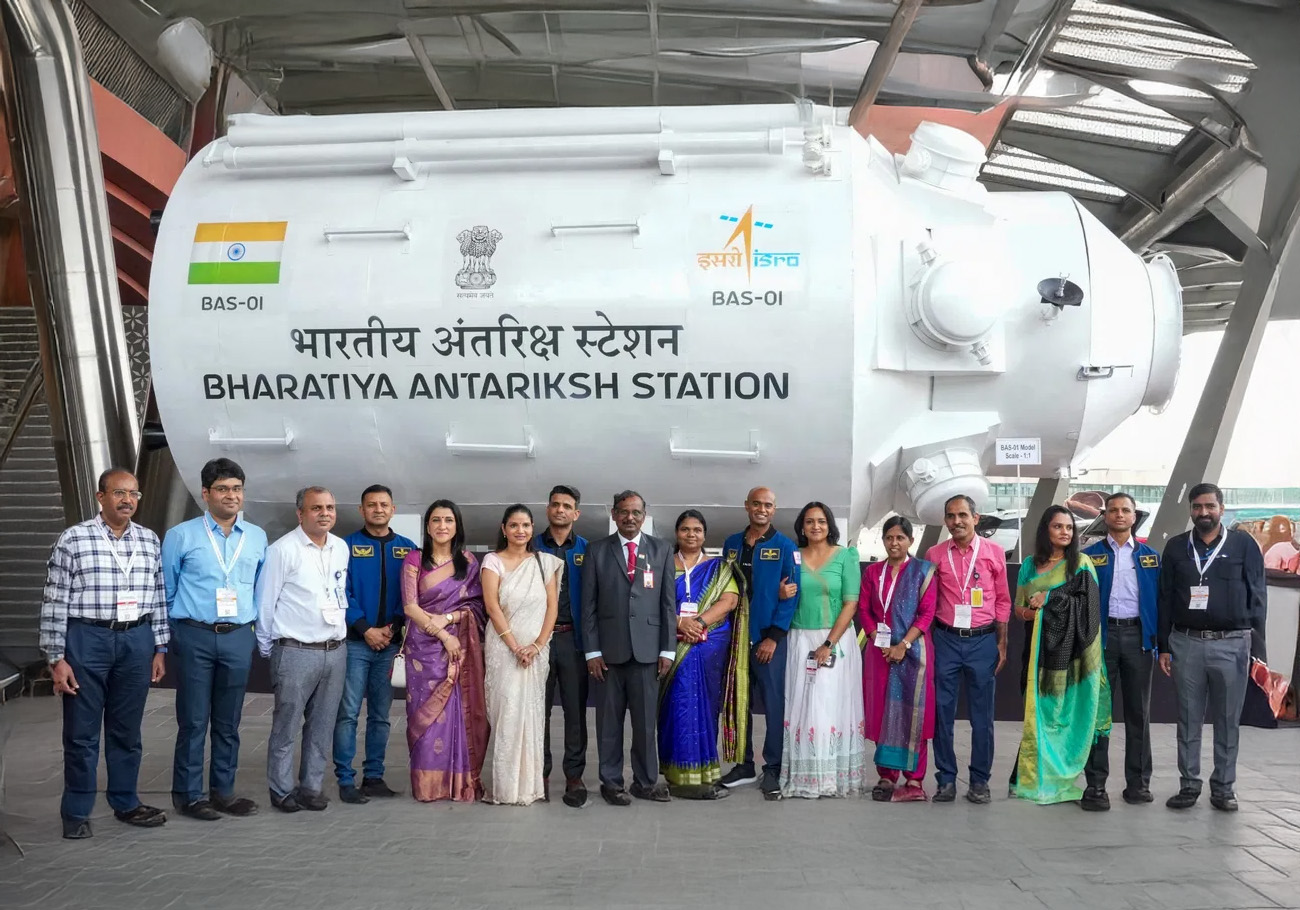The Indian Space Research Organisation (ISRO) has unveiled a full-scale model of the first module of the Bharatiya Antariksh Station (BAS), the national space station. The event, which took place in August 2025 in New Delhi as part of the National Space Day celebrations, marks a key milestone on India's path to establishing its own orbital station.
Key Details about the Bharatiya Antariksh Station:
- First Module (BAS-01): It measures approximately 8 meters in length and 3.8 meters in diameter, with a mass of about 10 tonnes. It is planned to be placed in a low Earth orbit at an altitude of 450 km.
- Implementation Timeline: The launch of the first module is scheduled for 2028. By 2035, ISRO plans to complete the assembly of the station with five modules, making it fully functional.
Technology and Equipment:
The module is equipped with a number of advanced developments, including:
- An indigenous Environmental Control and Life Support System (ECLSS).
- A unique docking system and berthing mechanism.
- An automated hatch system.
- Platforms for conducting experiments in microgravity conditions.
- Viewports for scientific observations and crew recreation.
- An airlock for extravehicular activities (spacewalks).
- Radiation and space debris protection.
Purpose of the Station:
The BAS will serve as a multifunctional research laboratory for work in the fields of space science, biology, medicine, and testing new technologies. It is designed for long-duration crew stays and conducting experiments. Furthermore, the station will open up opportunities for commercial projects, space tourism, and international collaboration.
Significance for India:
With the creation of the BAS, India will join the elite club of nations possessing their own orbital stations, which currently only includes the International Space Station (ISS) and China's Tiangong. This ambitious project is part of the expanded Gaganyaan Programme with a budget of over ₹20,000 crore.
The presentation of the model, which impressed attendees with its scale and detail, underscores ISRO's commitment to engaging the public in the country's space ambitions.
This material has been translated using AI-powered neural networks. If you spot any errors, please highlight them and press Ctrl+Enter or notify us at
info@nationalcapital.in


